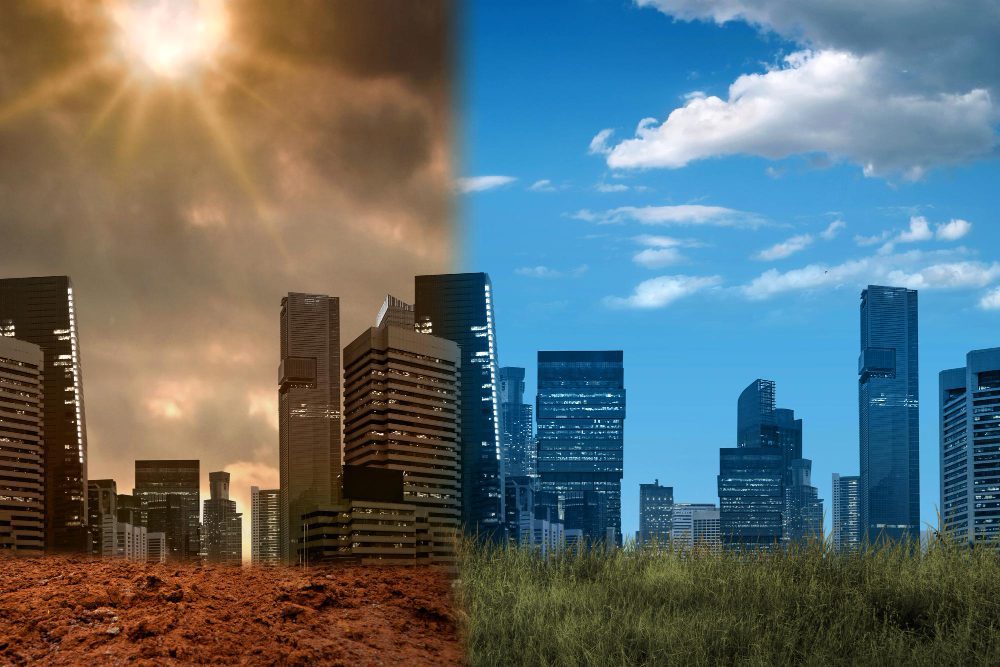Executive Summary
- The EU Green Deal aims for climate neutrality by 2050, requiring hundreds of billions of euros in annual investment to transform the economy and modernize infrastructure.
- Key regulatory tools like the expanded EU Emissions Trading System (ETS) and the upcoming Carbon Border Adjustment Mechanism (CBAM) are driving emissions reduction and reshaping trade, but also present challenges for industrial competitiveness.
- The Green Deal positions the EU as a global leader in climate policy, influencing international standards, trade discussions, and enhancing the bloc’s energy independence through a push for domestic renewable sources.
The Story So Far
- The European Union’s Green Deal is an ambitious, comprehensive initiative aiming to achieve climate neutrality by 2050, requiring hundreds of billions in annual investment to transition the economy away from fossil fuels. This plan utilizes mechanisms like the expanded Emissions Trading System (ETS) and the new Carbon Border Adjustment Mechanism (CBAM) to price carbon and prevent carbon leakage, fundamentally reshaping EU market dynamics, trade policies, and global economic competitiveness, while also posing challenges for energy-intensive industries within the bloc.
Why This Matters
- The EU Green Deal is profoundly reshaping the bloc’s economy by driving massive investment into renewable energies and sustainable technologies, creating new market opportunities and jobs. This transformation, however, also presents significant regulatory challenges and competitiveness concerns for energy-intensive industries, while positioning the EU as a global leader in climate policy and enhancing its energy independence.
Who Thinks What?
- The European Union views the Green Deal as a comprehensive roadmap for transforming its economy, driving significant investment into renewable energies and sustainable technologies, creating new market opportunities and job sectors, and enhancing energy independence while positioning the bloc as a global leader in climate policy.
- Business leaders and policymakers within the EU raise concerns that the stringent environmental regulations and higher energy costs associated with the Green Deal pose challenges for certain energy-intensive industries, potentially impacting their global competitiveness.
The European Union’s ambitious Green Deal continues to shape the bloc’s economic landscape, driving significant investment into renewable energies and sustainable technologies while simultaneously presenting complex regulatory and fiscal challenges for member states and industries. This multifaceted initiative, aimed at achieving climate neutrality by 2050, is increasingly influencing EU market dynamics, trade policies, and global economic competitiveness.
Shaping the EU’s Economic Future
The Green Deal outlines a comprehensive roadmap for transforming the EU economy, encompassing targets for emissions reduction, biodiversity protection, and circular economy principles. Its implementation requires substantial public and private sector investment, estimated to be hundreds of billions of euros annually, to modernize infrastructure and transition away from fossil fuels.
Member states are developing national plans to align with the Green Deal’s objectives, often leveraging the EU’s Recovery and Resilience Facility funds. These investments are channeled into areas such as offshore wind farms, hydrogen production, sustainable transport, and energy-efficient building renovations, creating new market opportunities and job sectors.
Regulatory Framework and Industry Impact
Carbon Pricing and Emissions Trading
A cornerstone of the Green Deal is the expansion and strengthening of the EU Emissions Trading System (ETS), which places a price on carbon emissions for heavy industry and power generation. This mechanism incentivizes companies to reduce their carbon footprint, driving innovation in cleaner production methods.
The upcoming Carbon Border Adjustment Mechanism (CBAM) is set to further extend the EU’s climate policy to imported goods, aiming to prevent “carbon leakage” and encourage global climate action. This measure will require non-EU producers to pay a carbon price equivalent to that paid by EU companies, potentially reshaping international trade flows.
Challenges for Competitiveness
While fostering innovation, the stringent environmental regulations and higher energy costs associated with the Green Deal pose challenges for certain energy-intensive industries within the EU. Concerns about maintaining global competitiveness against regions with less ambitious climate policies are frequently raised by business leaders and policymakers.
The EU is actively exploring ways to mitigate these impacts, including through targeted support for green technologies and strategic partnerships. The goal is to ensure that the transition is just and equitable, preventing significant job losses or industrial relocation outside the bloc.
Global Implications and Geopolitics
The EU’s leadership in climate policy is setting international precedents, influencing global standards and trade discussions. The Green Deal’s emphasis on energy independence, particularly following recent geopolitical events, has accelerated the push towards domestic renewable energy sources, diversifying the EU’s energy mix and reducing reliance on external suppliers.
The bloc is also actively engaging in climate diplomacy, advocating for stronger global commitments and promoting its green technologies and standards worldwide. This approach positions the EU as a key player in the global transition to a low-carbon economy.
Outlook
The European Green Deal represents a profound economic transformation, balancing ambitious environmental targets with the need for sustainable growth and competitiveness. Its long-term success hinges on effective implementation, continued innovation, and the ability to navigate complex economic and geopolitical challenges while fostering a resilient and carbon-neutral European economy.








